Seminars from the 2022/23 edition
November 9, 2022
Dirk Hundertmark (KIT)
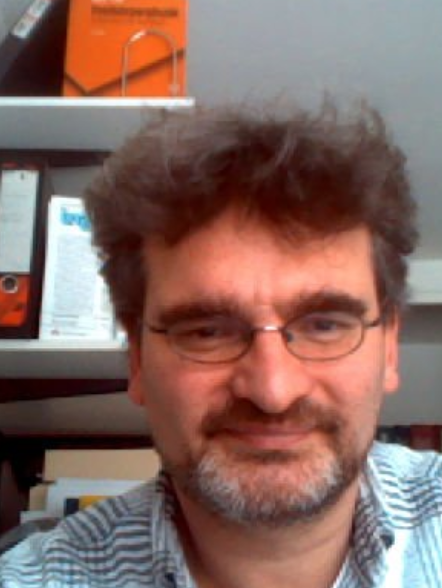
Cwikel's bound reloaded
There are several proofs by now for the famous Cwikel–Lieb– Rozenblum (CLR) bound, which is a semiclassical bound on the number of bound states for a Schrödinger operator, proven in the 1970s. Of the rather distinct proofs by Cwikel, Lieb, and Rozenblum, the one by Lieb gives the best constant, the one by Rozenblum does not seem to yield any reasonable estimate for the constants, and Cwikel’s proof is said to give a constant which is at least about 2 orders of magnitude off the truth. This situation did not change much during the last 40+ years. It turns out that this common belief, i.e, Cwikel’s approach yields bad constants, is not set in stone: We give a substantial refine- ment of Cwikel’s original approach which highlights a natural but overlooked connection of the CLR bound with bounds for maximal Fourier multipliers from harmonic analysis. Moreover, it gives an astonishingly good bound for the constant in the CLR inequality. Our proof is also quite flexible and leads to rather precise bounds for a large class of Schrödinger-type operators with generalized kinetic energies. My talk is based on a paper which was recently published in Inventiones mathematicae and is available online at https://doi.org/10.1007/s00222-022-01144-7 or as a PDF from https://link.springer.com/content/pdf/10.1007/s00222-022-01144-7.pdf. In my talk I will explain the background and the proof in the case of a usual Schrödinger operator. I will keep the discussion free from technicalities, the main tool in the proof is the Cauchy Schwarz inequality.
December 14, 2022
Eric Cancès (Ecole des Ponts ParisTech)
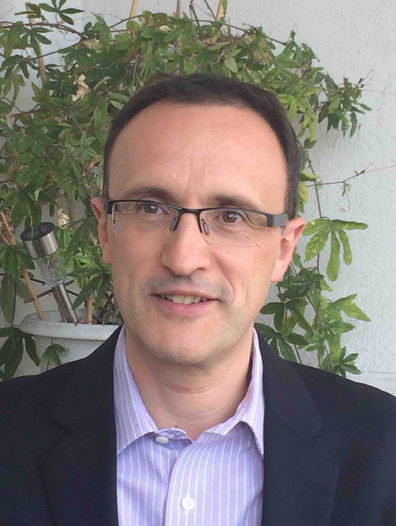
Numerical methods for Density Functional Theory
Kohn-Sham Density Functional Theory (DFT) is the most widely used electronic structure calculation method in quantum chemistry, solid state physics, and materials science. The Kohn-Sham model has a variational structure: it consists in minimizing some energy functional over the manifold of admissible states. The corresponding Euler-Lagrange equations read as a system of nonlinear elliptic partial differential equations, and more specifically as a nonlinear elliptic eigenvalue problem. Since DFT calculations use about 15% of the total resources available in high-performance scientific computing centers, finding more efficient numerical methods for the Kohn-Sham model is of major interest. This requires a better understanding of the mathematical and numerical properties of the Kohn-Sham model. I will present some recent results in this direction, as well as some challenges.
January 11, 2023
Horia Cornean (Alborg Universitet)
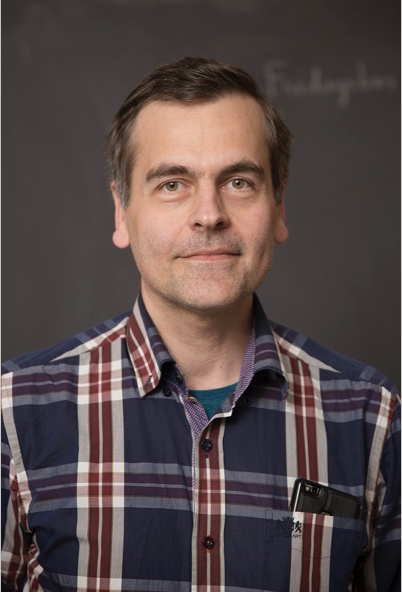
Bulk-edge correspondence for unbounded Dirac-Landau operators
We consider two-dimensional unbounded magnetic Dirac operators, either defined on the whole plane, or with infinite mass boundary conditions on a half-plane. Our main results use techniques from elliptic PDEs and integral operators, while their topological consequences are presented as corollaries of some more general identities involving magnetic derivatives of local traces of fast decaying functions of the bulk and edge operators. One of these corollaries leads to the so-called Streda formula: if the bulk operator has an isolated compact spectral island, then the integrated density of states of the corresponding bulk spectral projection varies linearly with the magnetic field as long as the gaps between the spectral island and the rest of the spectrum are not closed, and the slope of this variation is given by the Chern character of the projection. The same bulk Chern character is related to the number of edge states which appear in the gaps of the bulk operator. These results are based on joint work with M. Moscolari and K. Sørensen.
February 15, 2023
San Vũ Ngoc (University of Rennes 1)

Normal forms for 1D Hamiltonians with Ak singularities,
applications to inverse spectral theory
In the case of a Hamiltonian H with Morse singularities, old results allow us to establish the link between the geometry of the level surfaces and the precise distribution of the eigenvalues of the
quantized H, which leads to a nice inverse result: recover the (symplectic) geometry from the semiclassical spectrum. In the case of degenerate singularities of type Ak (in Arnold's classification), we obtain with N. Martynchuk (Groningen) a more subtle classification (beyond action integrals), but we conjecture nevertheless that the inverse problem should be solvable.
March 15th, 2023
Caroline Lasser (Technical University of Munich)
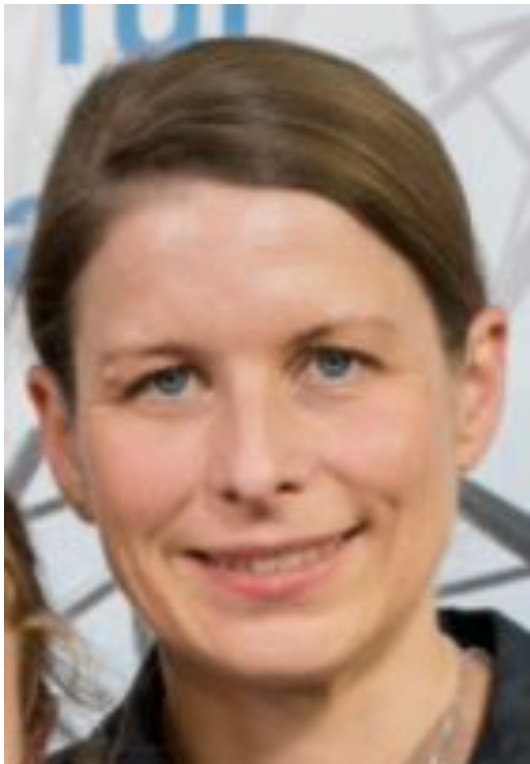
Mesh-free gaussians for the time-dependent Schrödinger equation
The time-dependent Schroedinger equation governs molecular quantums dynamics and, in particular, the interaction of light with molecules. The resulting dynamics are truely out-of-equilibrium and ask for very flexible numerical methods. We discuss the mathematics of the time-dependent Dirac--Frenkel principle for this application, analyse its geometric properties and report recent success for the propagation of mesh-free gaussian basis functions. The presented results are joint work with C. Lubich, S. Kvaal, T. Pedersen, and L. Adamowicz.
May 17, 2023
Gregory Berkolaiko (Texas A&M University)
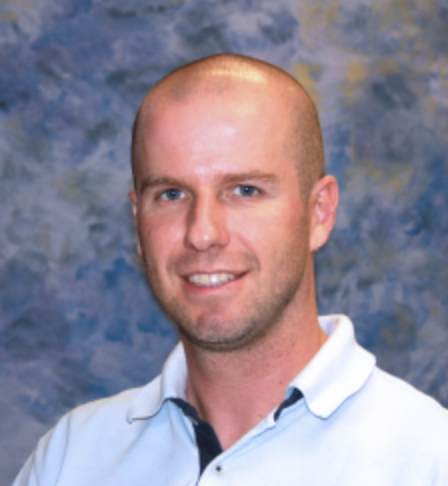
Limits of metric graphs with shrinking edges
Edges of metric graphs have length and it is natural to ask questions about the limit of the Laplacian on a metric graph as some of its edges are shrinking to zero. The talk will discuss answers to some specific problems: Is the limit of a graph Laplacian always a Laplacian on the limiting graph? What is the eigenvalue behavior as we approach the limit? The answers contain several surprises that we will try to highlight. The talk is based on joint projects with Yuri Latushkin, Selim Sukhtaiev, Yves Colin de Verdiere, Denis Borisov and Marshall King.
